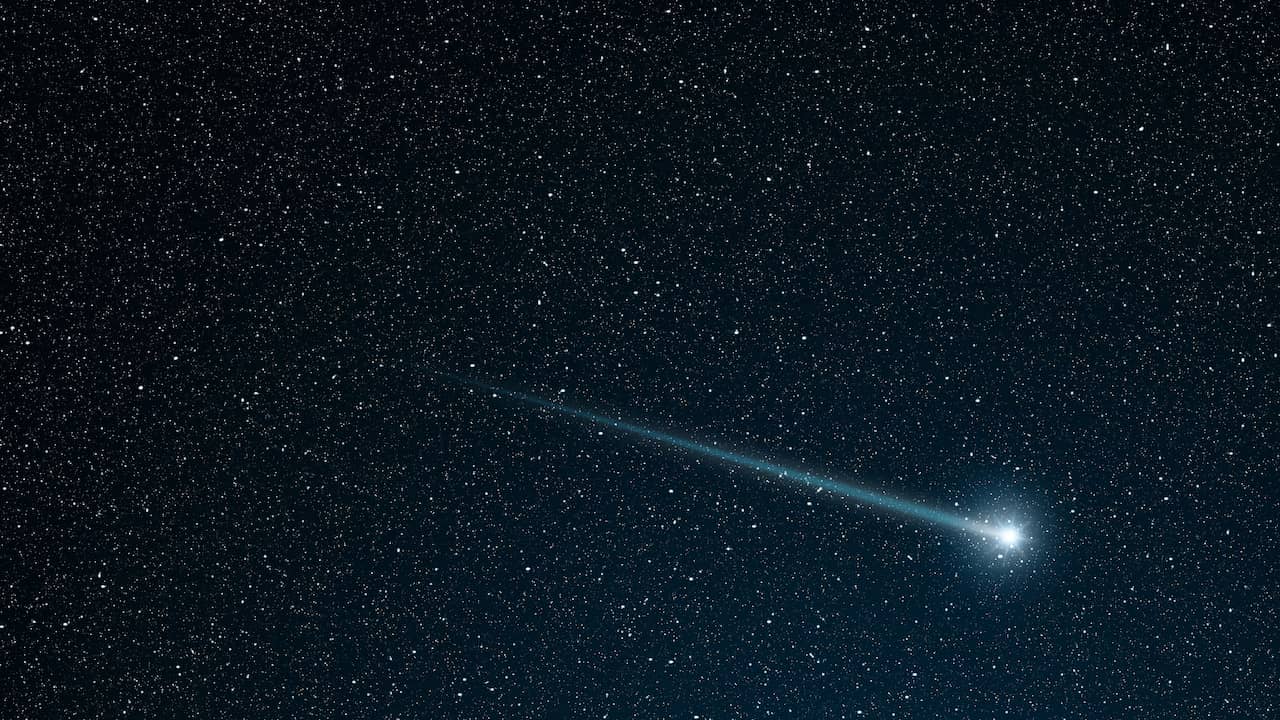Stargazers do well to look up in the night from Wednesday to Thursday: the meteor shower Orionids is then at its peak, so that in the early morning hours, about 30 shooting stars per hour can be spotted.
Most of the Netherlands should set the alarm at 5 a.m., meteorologists from Weerplaza say in conversation with NU.nl. “Then the stars can be clearly seen through the clouds.”
Limburgers would do well to stay awake until about 2.00 am, given the heavier clouds that later spread over the province. At that time, about twenty shooting stars will shoot past per hour.
With 13 to 14 degrees it will be a lot warmer the next night than previous nights. However, a warm jacket is not an unnecessary luxury, report weather agencies.
Little view of Orionids last nights due to clouds
The meteor shower has been passing Earth since Saturday. In the night from Saturday to Sunday there was still a clear sky, but since Monday the rough has gone. This night will probably be the first in which there is really good visibility again.
Shooting stars will still be visible later this week, but to a lesser extent. According to meteorologist Leon Saris, the maximum number of shooting stars per hour will drop to about 25. Most stars appear to fall during the night from Saturday to Sunday.
The shooting stars can be seen around the constellation Orion, which is located in the southern sky. Saris therefore recommends keeping your eye on the south.
The Orionids are pieces of space rock from Halley’s Comet. They are called Orionids because they seem to come from the constellation Orion. At speeds of over 200,000 kilometers per hour, the Orionids move very quickly.
– .


